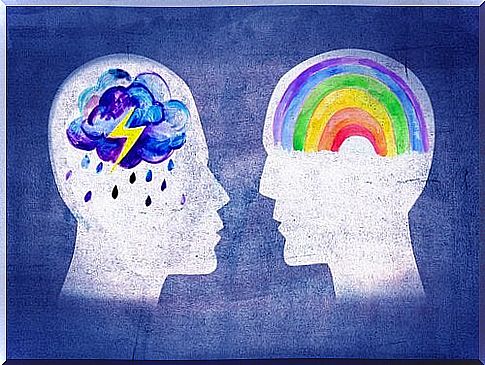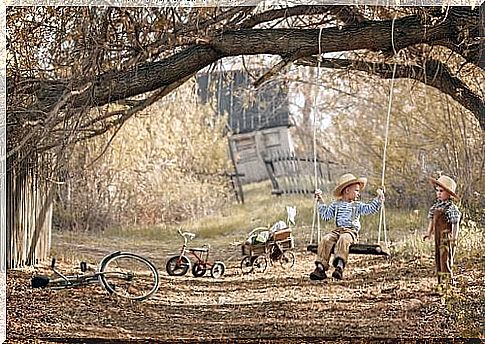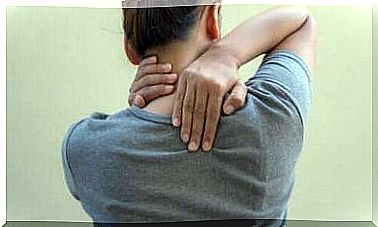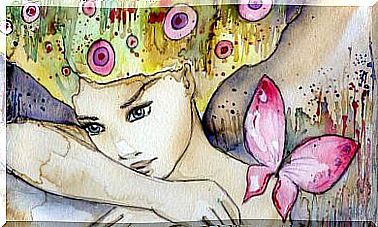How Feelings Influence When Making Decisions

It’s certainly not news to you that feelings influence us when making decisions. How many times have you regretted making decisions in a certain emotional state? You’ve probably realized that you’re more likely to take risks when you feel happy, while sadness has the opposite effect.
Making decisions when we’re angry usually doesn’t work, and so does making a decision in times of euphoria. However, do you really know how your feelings influence your decisions? Have you ever let your first impression take you to a resolution? Do you know how manipulable your emotions are to “help” you make decisions?
Heuristics and decision making
A heuristic is a mental shortcut that allows people to make decisions and solve problems quickly and efficiently. This process is influenced by emotion (fear, pleasure, surprise, etc.), that is, the emotional response affects the decision, playing a crucial role in decision making.
It is a process that works under the conscience and shortens decision-making, allowing people to function without having to carry out an exhaustive search for information. This way of acting takes place quickly and involuntarily in response to a stimulus, whereby the process affects mood for a short period of time.

Heuristics usually arise when we judge the risks and benefits of something depending on the positive or negative feelings we associate with a stimulus. It is the equivalent of acting as your heart dictates.
Researchers have found that if your feelings about something are positive, then you are more likely to be less judgmental of the risks and overestimate the benefits, whereas if your feelings about something are negative, you are more likely to overestimate the risks as high and give less value to the benefits.
Some examples of heuristics
To learn how the heuristic works, let’s look at some practical examples. The first example is so obvious that it seems very simple. The second, perhaps, is not so much.
To start with, imagine a scene where children go to play in a park. One of the children played for a long time on the swings at their grandparents’ house and, as she likes them a lot and had a lot of fun, she has positive feelings about the swings in the park. When he sees them, he immediately makes the decision to go to the park swings because he thinks he’s going to have fun despite the risks of swing falling (big benefit, low risk) and runs toward them.

However, another child recently fell off a swing while playing elsewhere and was badly injured. This child, seeing the balances, thinks they are the wrong choice (little benefit, big risk). Both children took a mental shortcut in deciding on the advantages and disadvantages of climbing on the swings. Neither of them stopped to try to realistically analyze all the benefits and risks, but they made their decision based on a memory.
This seems so simple and so evident in a child, but adults also do this in multiple situations where, if we thought reflectively and spent a little more time on the issue, we would make another kind of decision that we would be more in agreement with later. .
In these decisions, the heuristic affects the determination of what counts as an advantage or disadvantage. While these mental shortcuts allow people to make accurate decisions quickly and with reasonable frequency, they can also lead to poor decision making.
As an example, think about advertising. The marketing techniques employed use strategies to make you feel good, arouse your positive emotions, which allude to your passions or introduce you to a way of life that you identify with or would like to follow.
This makes you more receptive when buying or paying more for the products and services they offer you. In fact, this works to the point where we may feel inclined to buy products thinking they fulfill a need we don’t really have. Even the inability to acquire an object that fulfills this supposed need can generate anxiety.
Some Scientific Observations on Decision Making
Risks and benefits have been found to have a negative correlation in people’s minds. Research has revealed that people make their judgments about an activity or technology not just by what they think about it, but also by how they feel about it.
A study carried out in 1978 shed a lot of light on the important role that heuristics plays in decision making. The researchers found that judgments of benefits and risks are negatively correlated.
In other words, they found that people underestimate the risks when they have a more optimistic view of the benefits. It’s the other way around: the more we think about the risks, the less value we place on the potential benefits.

Certain behaviors, such as drinking alcohol and smoking, were said to be of high risk and low benefit, while others, such as taking antibiotics or vaccines, were considered high benefit and low risk.
A little later, in 1980, Robert B. Zajonc stated that affective reactions to stimuli are often the first reaction that takes place automatically and, later, that influences the way in which information is processed and judged.
In 2000, Finucane and others theorized that a positive feeling about a situation (ie, the positive effect) would lead to a lower perception of risk and a perception of greater benefit, even when logic does not justify the situation.
In any case, people are far from the rational machine that some aspire to be. Like it or not, our mind is prepared and predisposed to take decisions quickly and using only a part of the information. In fact, we often make decisions before we realize we’ve made them, and we keep going round and round in something that for us already has a destiny: what we’ve chosen.









